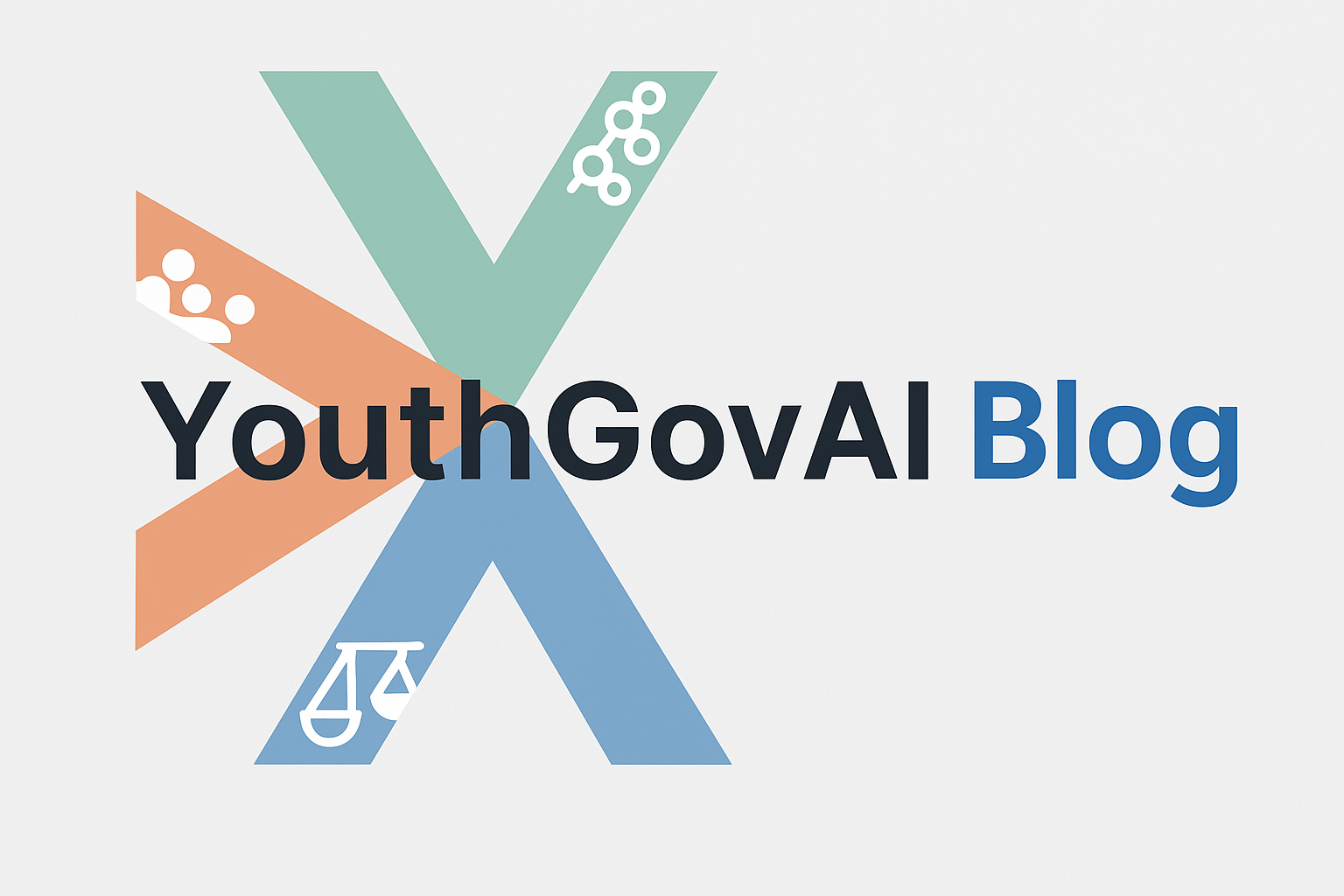Artificial intelligence is no longer a distant prospect in Italy—it is a daily reality. Yet, as the Italian Whitepaper produced within the YouthGovAI project makes clear, the real challenge is not whether young people use AI, but whether they are prepared to critically shape the way it will transform society.
The Whitepaper offers one of the most comprehensive national analyses to date, combining policy review, stakeholder mapping, survey research, and focus group consultation. What emerges is a portrait of Italy standing at a crossroads: progress is undeniable, but the foundations for youth empowerment in AI governance remain fragile.
On the institutional side, Italy has made visible strides through its National Strategy for AI, its Recovery and Resilience Plan, and the establishment of a national institute for AI research. Yet the Whitepaper underscores how fragmentation across ministries, delays in implementing new structures, and regional disparities limit the impact of these initiatives. For youth, this means that opportunities to learn about AI—or to have a voice in its regulation—are highly uneven depending on geography, institutional capacity, and the presence of proactive local actors.
In classrooms, pilot projects are multiplying: AI-assisted teaching, prototype development programs, and teacher training on tools like ChatGPT are already taking root. Still, the report warns that these remain isolated efforts, not yet part of a systemic strategy. Italian youth are increasingly surrounded by AI tools, but too often their education focuses on technical functionality rather than the ethical, civic, and societal questions that AI raises. Embedding AI literacy into curricula is not just a matter of digital competence—it is a democratic necessity.
Perhaps the strongest conclusion of the Whitepaper is the recognition of a structural gap: young people are central users of AI, yet peripheral in its governance. Civil society groups and research institutes are beginning to advocate for transparency and digital rights, but formal spaces for youth participation remain scarce. The stakeholder analysis shows that while youth organizations have high interest in AI, their institutional power to influence decisions is minimal. Closing this gap requires permanent, youth-inclusive forums where digital policies are discussed not only for young people, but with them.
Finally, the survey and open consultations’ results and takeaways reveal an important generational insight: Italian youth are both enthusiastic and cautious about AI. They see it as a tool for empowerment and efficiency, but also express concern about autonomy, employment, and disinformation. Rather than a weakness, this ambivalence can be a strength—it shows that young people are already questioning, already weighing risks and benefits. The role of institutions is to provide the knowledge, language, and civic platforms that can turn this questioning into constructive agency.
The Whitepaper concludes with a clear call: AI literacy in Italy must evolve into civic education. This means integrating technical, ethical, and democratic perspectives into schools and training systems, while creating structured opportunities for youth to participate in policy and governance debates. Only by moving from awareness to agency can Italy ensure that artificial intelligence develops not only as a technological asset, but as a civic project grounded in inclusion and democracy.
In short, the message from the Italian Whitepaper is unambiguous: young people are ready to engage with AI. The question is whether the country is ready to engage with them.
